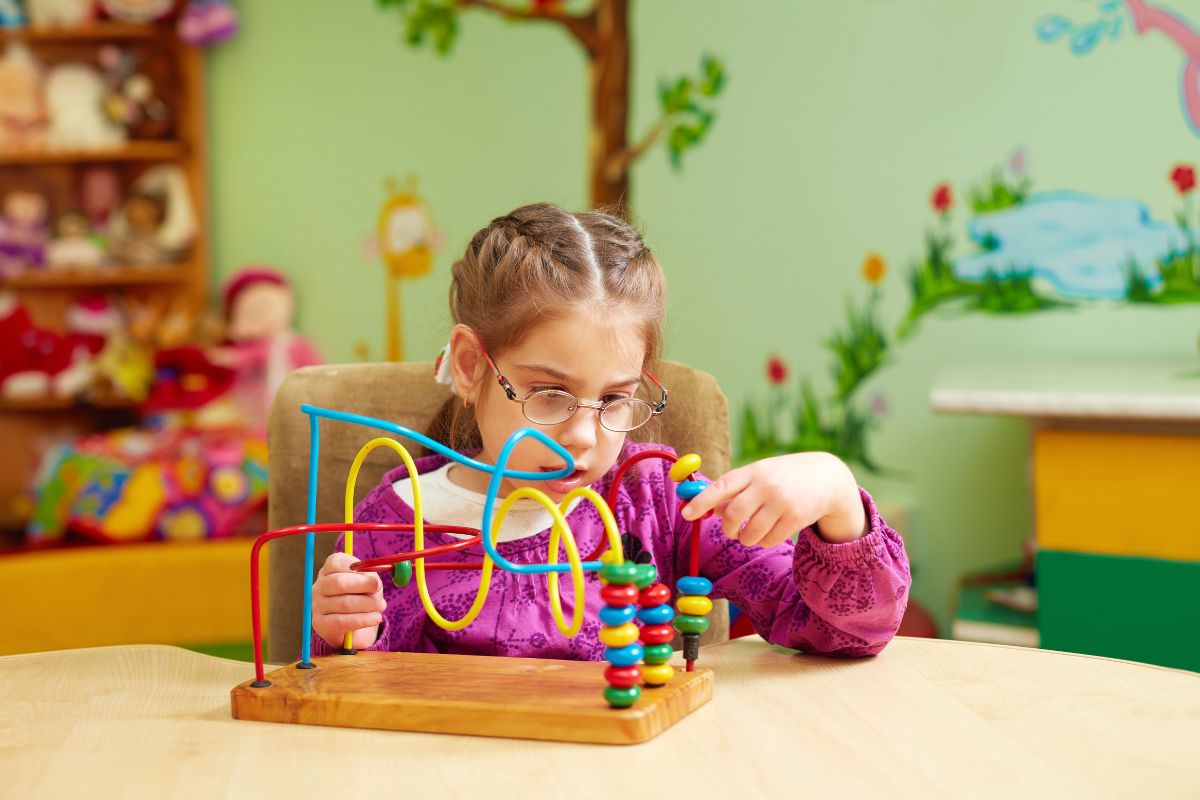Navigating the world can be particularly challenging for individuals with autism due to sensory issues. Many experience heightened sensitivity to sensory stimuli, which can lead to discomfort and overwhelming feelings. Conversely, some individuals may show signs of sensory desensitization—where their response to certain sensory inputs diminishes over time.
Understanding Sensory Desensitization
Sensory desensitization occurs when an individual becomes less sensitive to specific sensory stimuli after repeated exposure. This phenomenon can be a natural coping mechanism for managing sensory overload. For parents and caregivers, recognizing this process is crucial in tailoring strategies to meet the sensory needs of individuals on the autism spectrum.
Individuals who experience sensory desensitization may display various behaviors. They might exhibit a reduced reaction to stimuli that previously caused discomfort, which can be both a sign of adaptation and a signal for further support. By understanding these behaviors, caregivers can implement effective interventions and create a more accommodating environment.
Common Triggers for Sensory Overload
Sensory overload can be triggered by several environmental factors, and identifying these triggers is essential for providing adequate support. The following are common sources of sensory discomfort:
Bright Lights
Bright lighting can be particularly distressing for individuals with autism. Fluorescent lights, glaring sunlight, and flickering bulbs can lead to feelings of anxiety and discomfort. To mitigate these effects, consider using softer lighting options, such as lamps with dimmers or warm-colored bulbs, to create a more soothing atmosphere.
Loud Sounds
Loud noises are another significant trigger for sensory overload. Sounds like sirens, loud music, or crowded places can be overwhelming and lead to stress. Providing ear defenders or noise-canceling headphones can help individuals manage their sensory experiences in environments where loud sounds are unavoidable.
Strong Smells
Strong odors—whether from perfumes, cleaning products, or food—can also trigger sensory sensitivities. Reducing these odors by opting for fragrance-free products or ensuring proper ventilation can create a more pleasant environment for individuals who are sensitive to smells.
Textures and Touch
Tactile sensitivities play a vital role in sensory processing for many individuals with autism. Certain fabrics or unexpected physical contact can cause discomfort. Providing sensory-friendly clothing and being mindful of personal space can help individuals feel more at ease in their surroundings.
Recognizing Signs of Sensory Desensitization
Awareness of sensory desensitization signs can help caregivers provide timely support. Here are some key indicators to look for:
- Withdrawal or Shutdown: Individuals exhibiting withdrawal or shutdown behaviors often seek solitude in overwhelming environments. They may retreat into themselves or avoid social interactions. Recognizing these signs allows caregivers to provide a calming space for individuals to decompress.
- Seeking Intense Sensory Input: Some individuals may seek intense sensory experiences as a coping mechanism for sensory overload. This might manifest as repetitive movements, known as stimming, which can offer comfort and regulate sensory input.
- Unusual Responses to Stimuli: Atypical reactions to sensory stimuli can also signify sensory desensitization. For instance, an individual may show indifference to loud noises that typically elicit a response. Recognizing these unusual responses is crucial for tailoring interventions that support sensory regulation.
Strategies for Managing Sensory Desensitization
Effectively managing sensory desensitization involves implementing practical strategies that promote comfort. Here are several approaches to consider:
Creating a Calm Environment
Establishing a calming environment is fundamental in managing sensory sensitivities. Reducing sensory triggers can significantly decrease feelings of overwhelm. Consider the following tactics:
- Soft Lighting: Use lamps with soft bulbs instead of harsh overhead lights.
- Quiet Spaces: Designate areas for relaxation away from noisy environments.
- Odor Control: Remove strong-smelling items from common spaces.
Fostering a peaceful atmosphere can help individuals feel more secure and less overwhelmed.
Incorporating Sensory Breaks and Tools
Regular sensory breaks and the use of sensory tools can help individuals regulate their sensory input. Sensory breaks provide designated time for individuals to reset. Consider integrating the following tools into daily routines:
- Weighted Blankets: These offer deep pressure input, promoting calmness.
- Fidget Toys: Help redirect restless energy and focus.
- Noise-Canceling Headphones: Block out disruptive sounds.
- Sensory Swings: Provide calming vestibular input.
Access to these tools can empower individuals to manage their sensory experiences effectively.
Utilizing Occupational Therapy Techniques
Collaborating with occupational therapists can be invaluable in addressing sensory desensitization. Therapists can create personalized interventions that focus on enhancing sensory processing. Common techniques include:
- Sensory Diet Plans: Tailored activities that address individual sensory needs.
- Desensitization Activities: Gradual exposure to sensory stimuli to increase tolerance.
- Environmental Modifications: Adjustments in the home or school to accommodate sensory sensitivities.
Working closely with professionals can equip caregivers with effective strategies for supporting individuals with autism.
Promoting Sensory Awareness and Acceptance
Educating family members and caregivers about sensory desensitization is vital for fostering understanding and support. This knowledge enables families to create a more accommodating environment for their loved ones.
Offering workshops or training sessions that focus on practical strategies for supporting sensory needs can be beneficial. These sessions can cover essential topics like recognizing sensory triggers and implementing sensory-friendly activities.
Encouraging individuals with autism to express their sensory needs further fosters confidence and self-advocacy. Involving them in discussions about their experiences and preferences helps build self-awareness and independence.
Ultimately, understanding and managing sensory desensitization is crucial for supporting individuals with autism. By recognizing common triggers, signs of desensitization, and effective strategies, parents and caregivers can create a nurturing environment that promotes comfort and well-being.
At Rainbow ABA, we prioritize providing high-quality ABA therapy tailored to meet the unique needs of each individual. Our dedicated team works closely with families to ensure the best outcomes. If you’re interested in exploring our services, including our comprehensive ABA programs in Texas, contact us today!
Sources:



